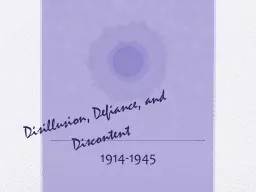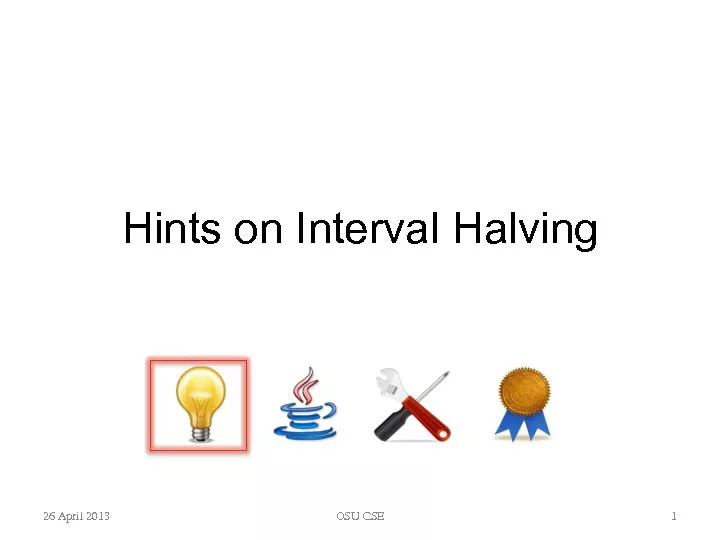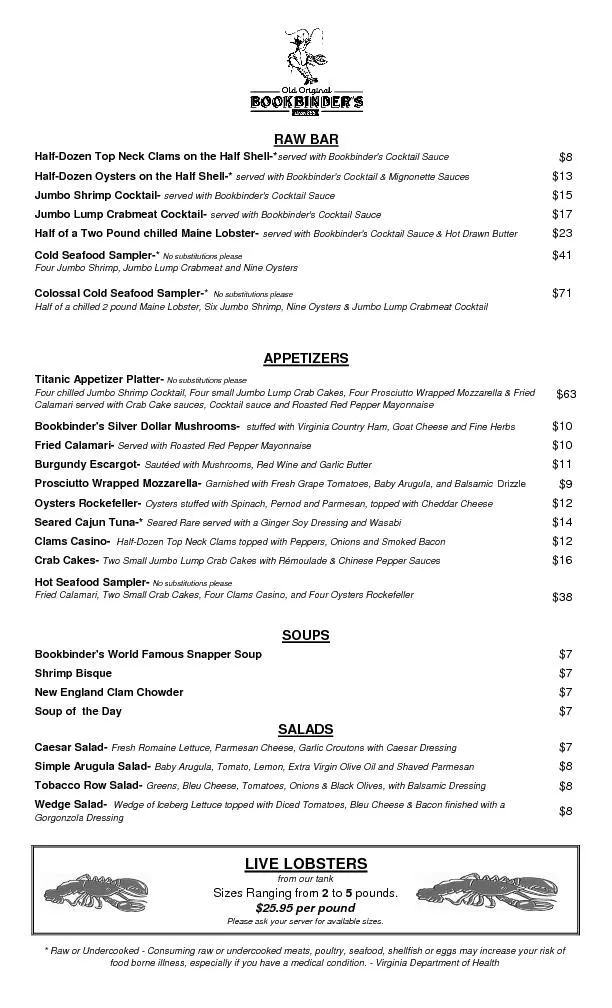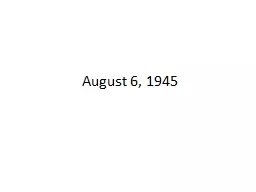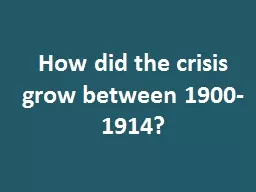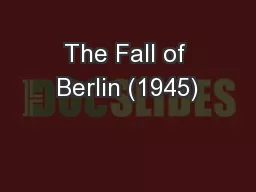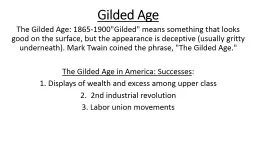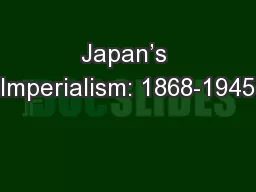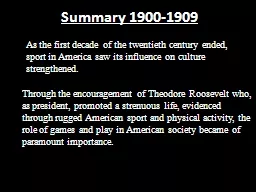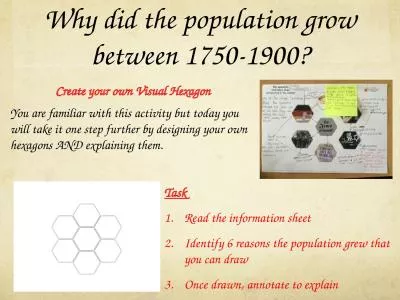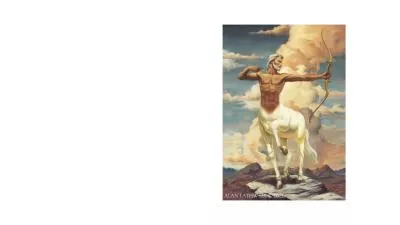PPT-Unit 6: Half a Century of Crisis and Achievement (1900-1945)
Author : mitsue-stanley | Published Date : 2020-01-15
Unit 6 Half a Century of Crisis and Achievement 19001945 1 The establishment of the independent countries of Czechoslovakia Hungary and Yugoslavia was the result
Presentation Embed Code
Download Presentation
Download Presentation The PPT/PDF document "Unit 6: Half a Century of Crisis and Ach..." is the property of its rightful owner. Permission is granted to download and print the materials on this website for personal, non-commercial use only, and to display it on your personal computer provided you do not modify the materials and that you retain all copyright notices contained in the materials. By downloading content from our website, you accept the terms of this agreement.
Unit 6: Half a Century of Crisis and Achievement (1900-1945): Transcript
Download Rules Of Document
"Unit 6: Half a Century of Crisis and Achievement (1900-1945)"The content belongs to its owner. You may download and print it for personal use, without modification, and keep all copyright notices. By downloading, you agree to these terms.
Related Documents


